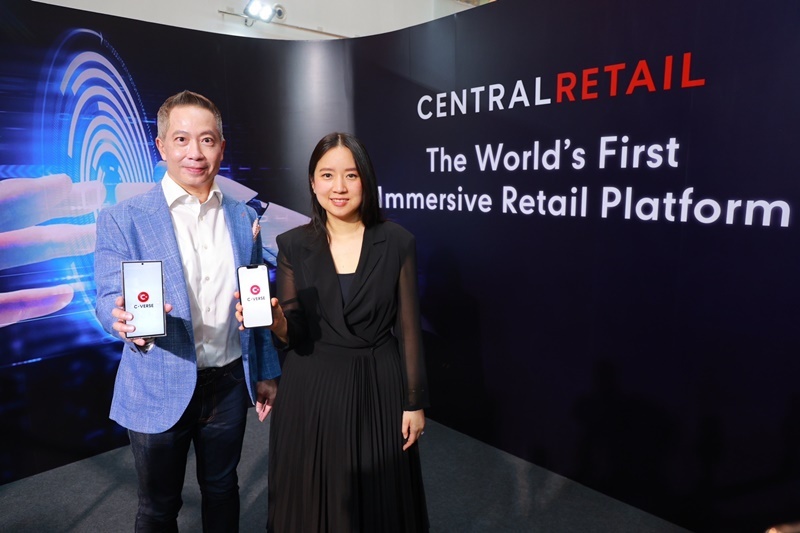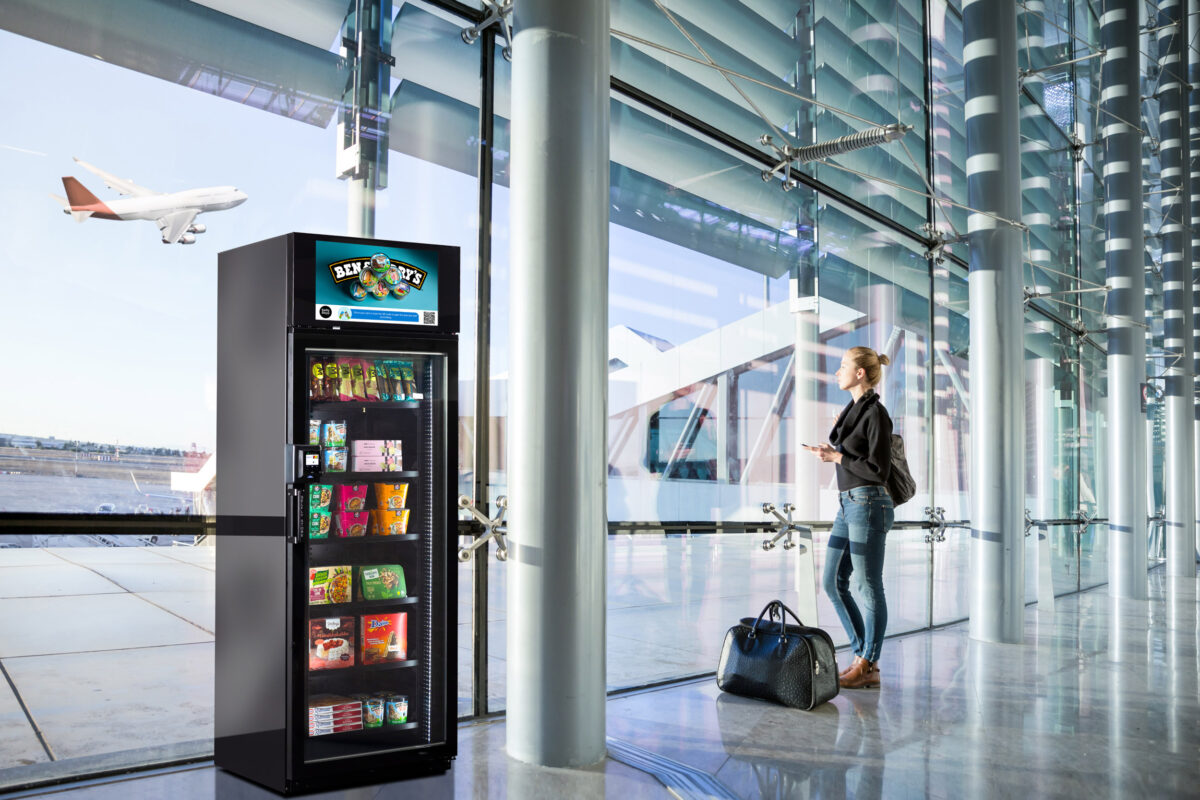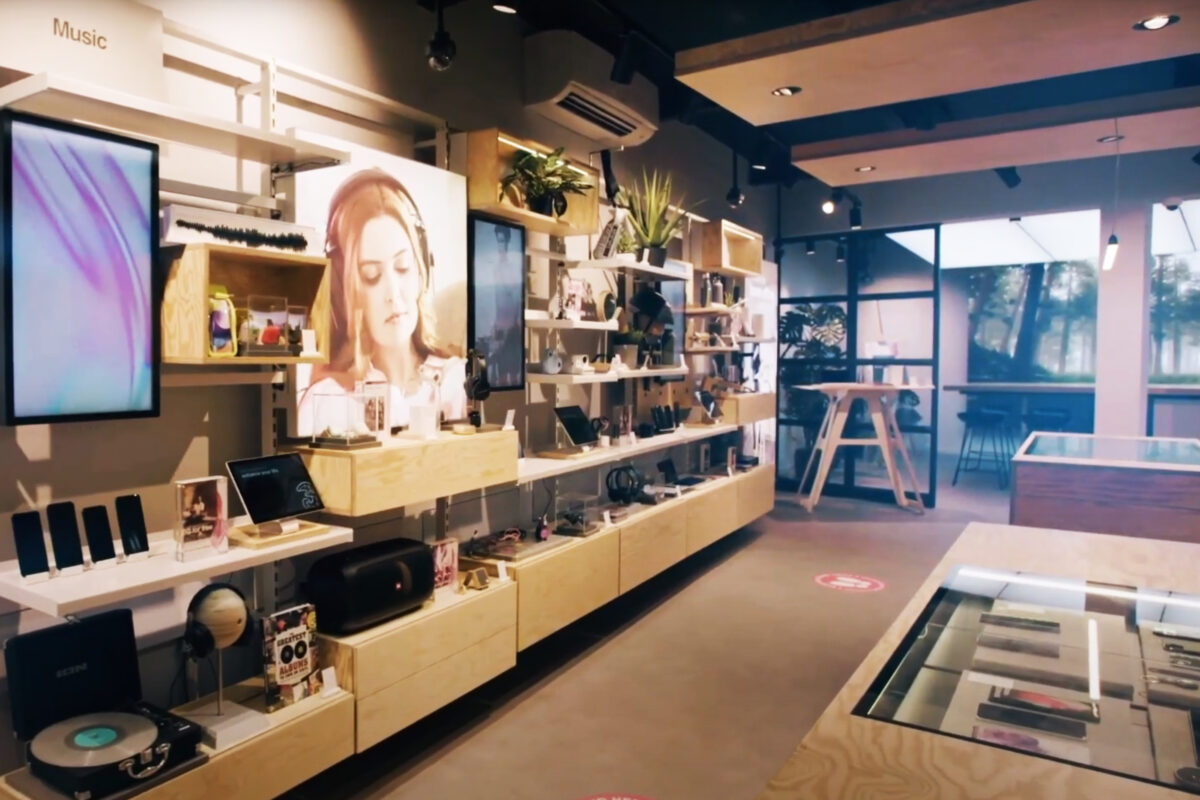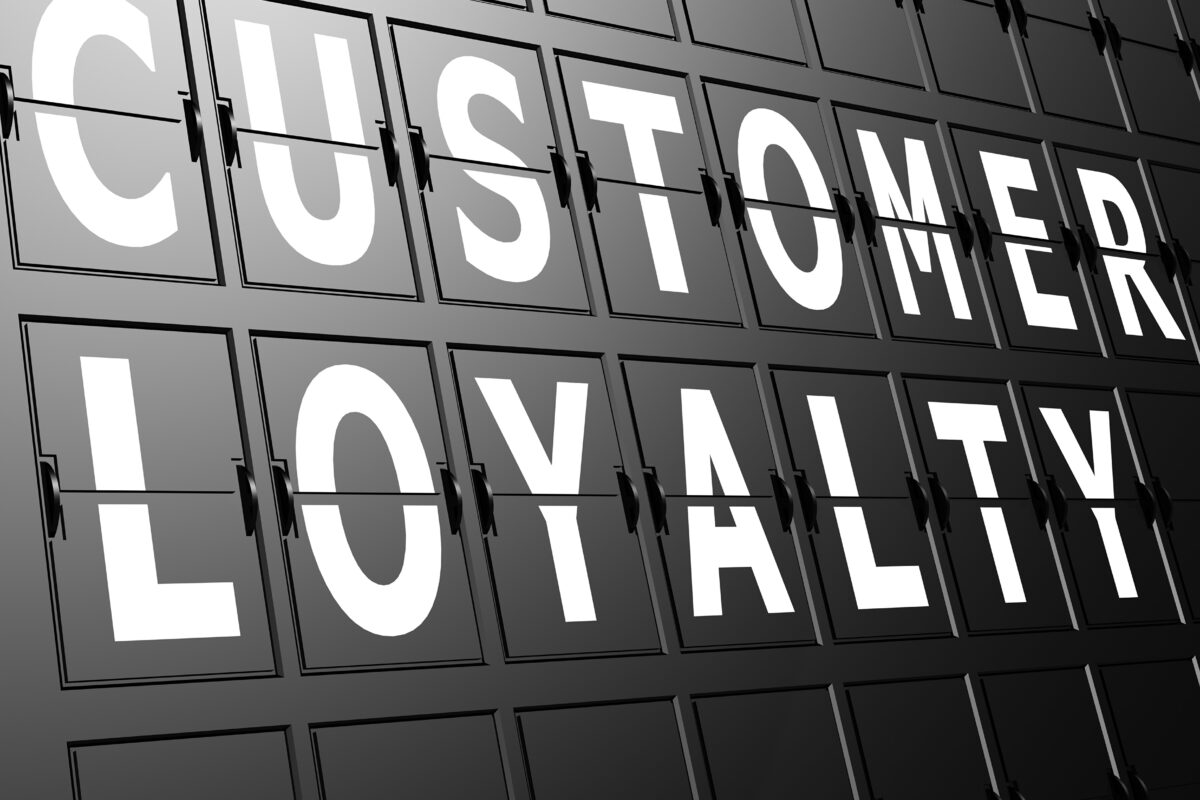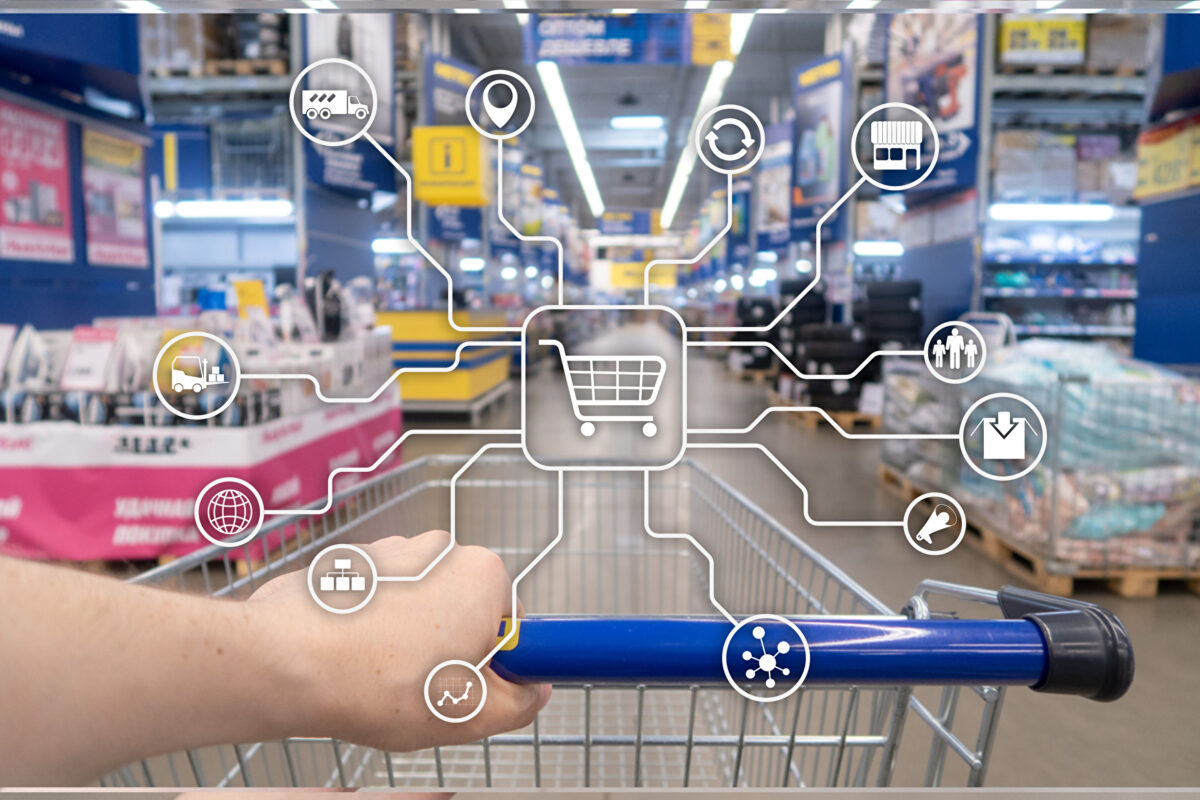Implement your retail pilot projects faster than ever
Interview with SAP retail experts
Leaner, faster, more useful: Cloud solutions help analyze customer information and make meaningful use of it. Ralf Kern and Achim Schneider of the Industry Business Unit Retail at SAP reveal which retailers no longer want to do without the cloud and describe its biggest advantages.
Mr. Kern, Mr. Schneider: From your perspective, how has the acceptance of cloud solutions in the retail industry evolved over the past ten years? Are retailers still skeptical whether their data is secure?
Kern: Ten years ago, no retailer was willing to send data across the ocean or the Atlantic. At this point, the debate about cloud security has taken such a turn to where we no longer hear about this particular concern. Quite the contrary: these days, retailers are looking for support and ways to secure all data streams and firewalls.
Schneider: Today, you have to distribute data to reap the most benefits from it. That’s feasible thanks to the possibilities in cloud computing.
Some industry sectors no longer ponder whether “to cloud or not to cloud” …
Kern: That’s right. Nobody in the human resources industry and in travel management, where travel activities are processed fully automatically, is having a hard time anymore. Retailers have no interest in managing vast hardware landscapes or updating to the latest release. In the past, you had to add everything to the existing hardware and check it. These things are already available on modern cloud platforms. Retailers specifically request software as a service (SaaS) – especially in the areas of machine learning, artificial intelligence, IoT scenarios, as well as for supply chain integration and store digitization.

Achim Schneider © SAP
What other options do retailers take advantage of?
Schneider: They primarily use the cloud to manage the continuously increasing amount of item master data. In these omnichannel times, that refers to many descriptions, costs, and transactions. Transaction data is stored to derive information to optimize planning and personalize customer communications. They can use data across all channels.
What about peak times?
Kern: Thanks to the cloud, the days when the biggest challenge for retail IT departments was to adapt their hardware systems to handle the Christmas season and otherwise be 60% oversized for the rest of the year are finally over. If the solution runs on hyperscale platforms like Amazon, Google, and Microsoft Azure, retailers request as much landscape as needed to manage the influx of business on Black Friday or Christmas.
You say cloud services make businesses agile. How so?
Schneider: This is best explained by using customer information as an example. Nobody wants to store unstructured customer data information in their landscape. The data management approach enables us to collect and integrate all data and set up respective connections to the services, allowing customers to only retrieve the data they need. That makes the overall business leaner and improves performance. Agility has become crucial to be able to compete in an Amazon world.
Where do you start with retailers in their search for the right system?
Schneider: There are big dealers that say, “the future of my IT landscape is fully in the cloud.” Most other retailers prefer to initially build on their existing landscapes, which is also an option thanks to different modular systems and services of the cloud. By collaborating with retailers and by using design thinking approaches, we determine where they want to be headed within the next few years. We make suggestions and use tools to show what this might look like. The initial goal is not to directly head straight to the cloud, but to determine the services they would like to use.
Can you gives us examples of concrete retail projects?
Kern: In the case of one retailer, together with the employees, we studied how customer behavior could be better monitored and wondered what would happen if the shelf layout and thus the traffic patterns were changed. We installed heat maps after only one week and specified the areas that should be examined in the store. In the past, this process would have taken more than a year. By analyzing the data via cloud services, both product placement and store inventory could be improved. The customer has reached his KPI. The system is currently being expanded to multiple store locations.
Another retailer furnished his shopping carts with sensors and analyzed the traffic patterns. He subsequently changed his entire setup. Customers now don’t have to walk through the entire store during their lunchtime to pick up some orange juice or a snack. The store now features a designated space at the front of the store for this.
How much are the services?
Kern: We have starter kits pertaining to typical retail processes, such as IoT scenarios, that facilitate POS system integration, in-store digital signage etc. This allows retailers to build on this software and the service. Having said that, right now retailers want to do even more new things with their own IT landscape. This is where their systems access the cloud platform services. Now we also have a pricing model that works like a prepaid card. The customer buys the right to use the cloud platform and the eligible services. In an ideal type world – though we are not one hundred percent there yet – retailers can pay per use and as they go.

Ralf Kern © SAP
Where do you see the biggest advantages of cloud technology?
Kern: Cloud solutions offer me the chance to support and engage customers across all channels, but I can simultaneously also give store associates or call center employees the same insight into the customer. Our customers want greater agility and more innovative ability to compete with famous competitors like Amazon.
Schneider: Maintaining the old inflexible on-premise solutions was very time-consuming and resource-intensive. The room for innovation was limited. Retailers today also take a chance on things they used to be afraid of in the past.
This is because in the cloud platform we can implement innovations in an agile way, which can then be used quickly for the business without impacting a stable core merchandise management system.
Interview by Natascha Mörs
first published at: iXtenso – Magazine for Retailers







